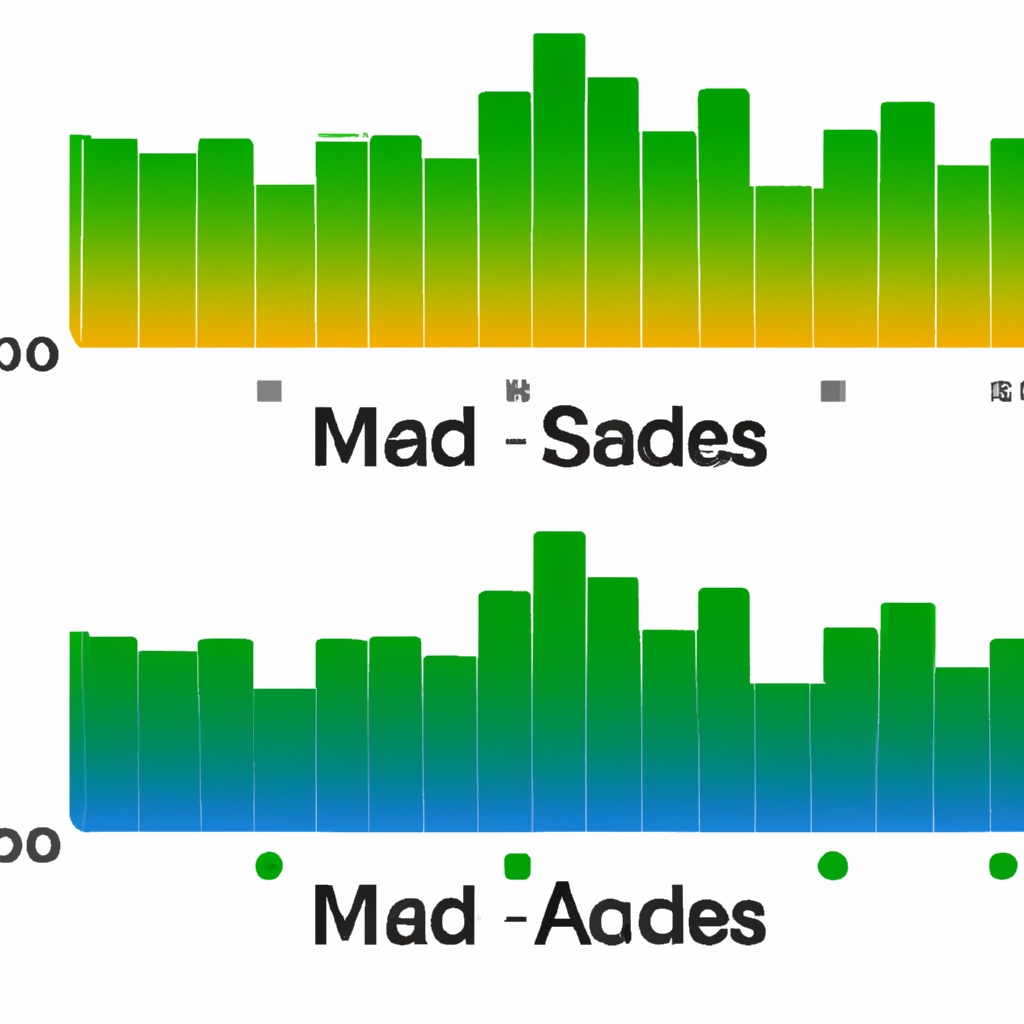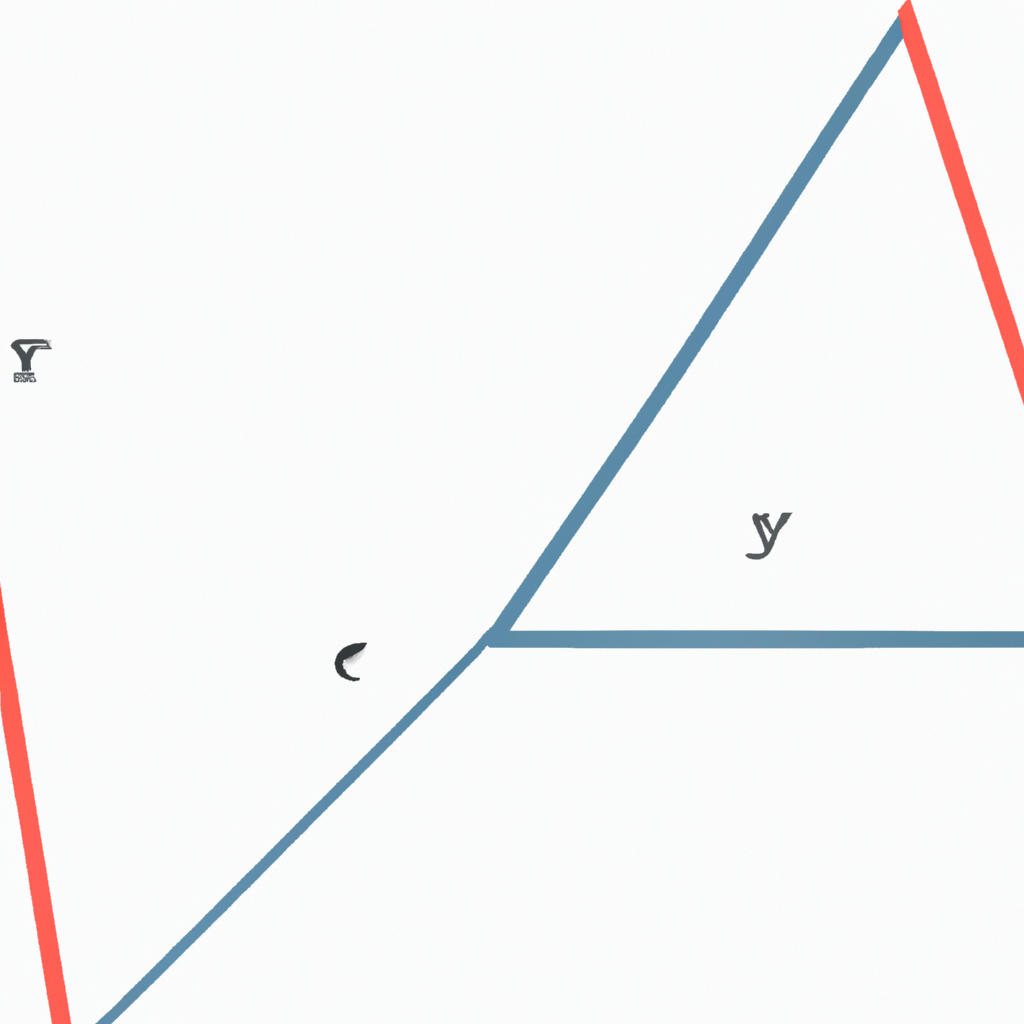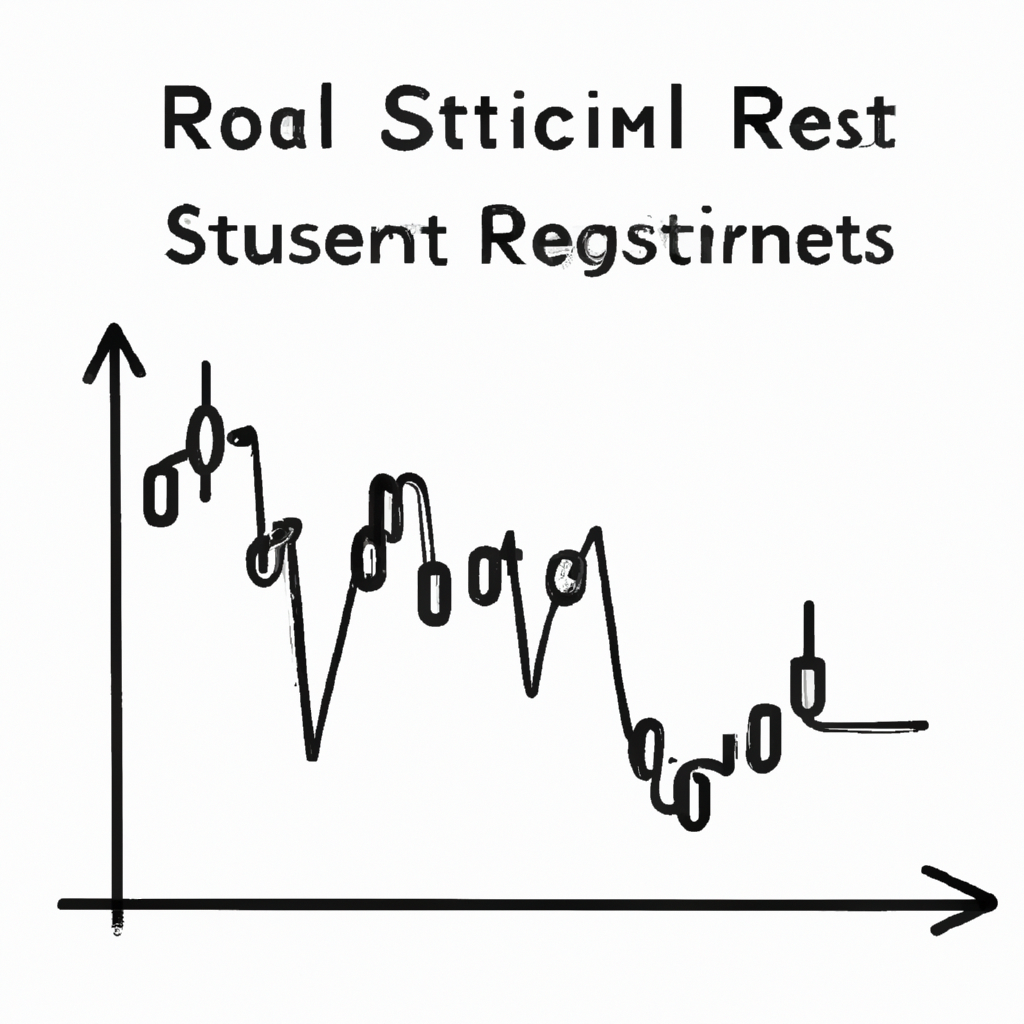RSI Oscillator Strategies: A Powerful Tool for Trading Success The Relative Strength Index (RSI) oscillator is a popular technical analysis tool used by traders to identify potential trading opportunities and make informed decisions. RSI measures the speed and change of price movements, providing valuable insights into overbought and oversold conditions…
Category: Technical Analysis

Maximizing Profits with RSI Oscillator Strategies
RSI Oscillator Strategies: Maximizing Profits with Relative Strength Index The Relative Strength Index (RSI) is a popular technical indicator used by traders to identify overbought or oversold conditions in the market. Developed by J. Welles Wilder Jr., the RSI oscillator measures the speed and change of price movements. By understanding…

MACD Indicator Signals: A Comprehensive Guide for Successful Trading
MACD Indicator Signals: A Comprehensive Guide Introduction The Moving Average Convergence Divergence (MACD) is a popular technical analysis tool used by traders to identify potential trend reversals, generate buy or sell signals, and confirm the strength of an ongoing trend. Understanding the various signals generated by the MACD indicator is…

Moving Averages Analysis: Unlocking Insights for Profitable Trading
Moving Averages Analysis: A Powerful Tool for Technical Analysis Technical analysis is a widely used method among traders and investors to make informed decisions about buying and selling assets. One of the key tools in technical analysis is moving averages analysis. Moving averages provide valuable insights into price trends, support…

Fibonacci Retracement Levels: A Powerful Tool for Technical Analysis
Fibonacci Retracement Levels: A Powerful Tool for Technical Analysis Introduction Technical analysis is an essential tool for traders and investors in the financial markets. It involves studying historical price patterns and indicators to predict future price movements. One popular technique used in technical analysis is Fibonacci retracement levels, which are…

Harmonic Patterns Detection: A Comprehensive Guide for Traders
Harmonic Patterns Detection: A Comprehensive Guide Introduction Harmonic patterns are an essential tool used by technical analysts to identify potential trading opportunities in financial markets. These patterns are based on the theory that price movements in financial instruments follow specific geometric patterns and ratios. By recognizing these patterns, traders can…

Risk Management: Safeguarding Your Trades with Technical Analysis
Risk Management in Technical Analysis Introduction Technical analysis is a popular method used by traders and investors to analyze and predict future price movements in financial markets. It involves studying historical price charts, patterns, and indicators to make informed trading decisions. While technical analysis can be a valuable tool, it…

Backtesting Strategies: Evaluating Indicator Effectiveness
Backtesting Strategies for Indicators Backtesting is a crucial process in trading that allows traders to evaluate the effectiveness of their strategies using historical data. By testing strategies against past market conditions, traders can gain insights into the potential profitability and risks associated with their chosen indicators. In this article, we…

Understanding Market Cycle Theories: Navigating the Ups and Downs of the Market
Market Cycle Theories: Understanding the Ups and Downs of the Market Introduction The stock market is a dynamic and ever-changing entity, characterized by periods of growth and decline. Understanding the market’s cyclical nature is crucial for investors and traders to make informed decisions. Market cycle theories provide valuable insights into…

Mastering Bollinger Bands: Essential Tips for Successful Trading
Bollinger Bands Trading Tips Introduction Bollinger Bands is a popular technical analysis tool that traders use to analyze price volatility and identify potential trading opportunities. Developed by John Bollinger in the 1980s, these bands consist of a simple moving average (SMA) line in the middle and two standard deviation lines…
